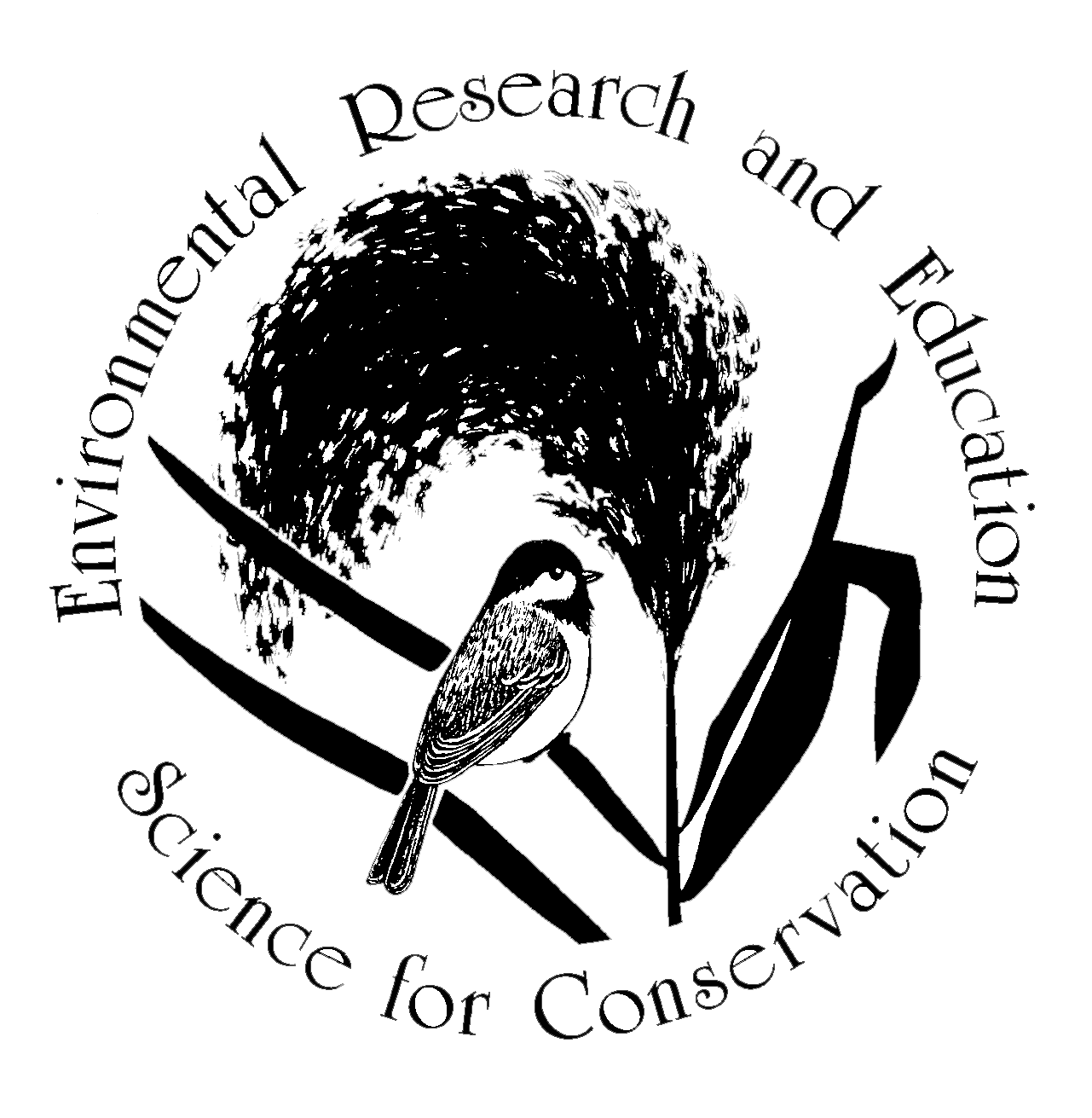
Urban Studies
Much of our work is carried out in altered habitats, often in post-industrial land in and around urban areas. Although such habitats are often dismissed, they are important. Understanding and fostering uncommon species that survive in novel habitats contributes to conservation knowledge overall, and allows us to avoid replicating land-use mistakes. Moreover, the species under study may be important components of local ecosystems, and may serve as source populations that can contribute dispersers to repopulate restoration sites elsewhere.
Last, but not least, four in five Americans live in urban areas, many with limited access to the countryside, and deserve the benefits of healthy green spaces.
-

Urban Biodiversity: The Natural History of the New Jersey Meadowlands—a 20-year study
Our study of the habitats of the New Jersey Meadowlands continues. The just published 1st volume of “Urban Biodiversity: The Natural History of the New Jersey Meadowlands,” co-authored by Erik Kiviat and Kristi MacDonald, with an assist from Robert Schmidt, brings the region to vivid life. Learn about this rich urban treasure and why it matters.
-

A Biodiversity Assessment Handbook for New York City
This lavishly illustrated handbook, co-authored by Erik Kiviat & Elizabeth A. Johnson, published by the American Museum of Natural History, is available online for free. It documents the many species that grace greater New York City, including mourning cloak butterflies sheltering under shingles and shutters, the endangered little bluet damselfly of Queens, and the federally endangered seabeach amaranth of the city’s beaches.
-

The City of Kingston & Town of Ulster
Produced by the Kingston/Ulster Hudsonia Biodiversity Assessment Group with the NYS DEC’s Hudson River Estuary Program, this report covers the Lower Esopus Creek as it meanders along the shared border between the City of Kingston and the Town of Ulster before passing into the Hudson River at Saugerties. The 3,200 acres documented here comprise some of the largest contiguous tracts of open space and some of the most densely population areas of Ulster County.
-

Significant Habitats in the City of Poughkeepsie
This is an example of one of our city maps, commissioned by the Environmental Cooperative of Vassar Barns. The many habitats around Poughkeepsie provide ecosystem services crucial to the health of the city’s residents, like moderating air temperatures. They also support resident and transient wildlife, like the bobolink and vesper sparrow, both field-breeding birds of conservation concern. Other urban maps are also available at our Biodiversity Resources Center.
-

In progress—Surveying Newtown Creek
We collaborated with the Newtown Creek Alliance to identify, collect, and document the many plants at this Superfund site, a “beloved yet beleaguered waterway,” in the words of the Alliance. When finished, the Alliance will put together a field guide for public use.

